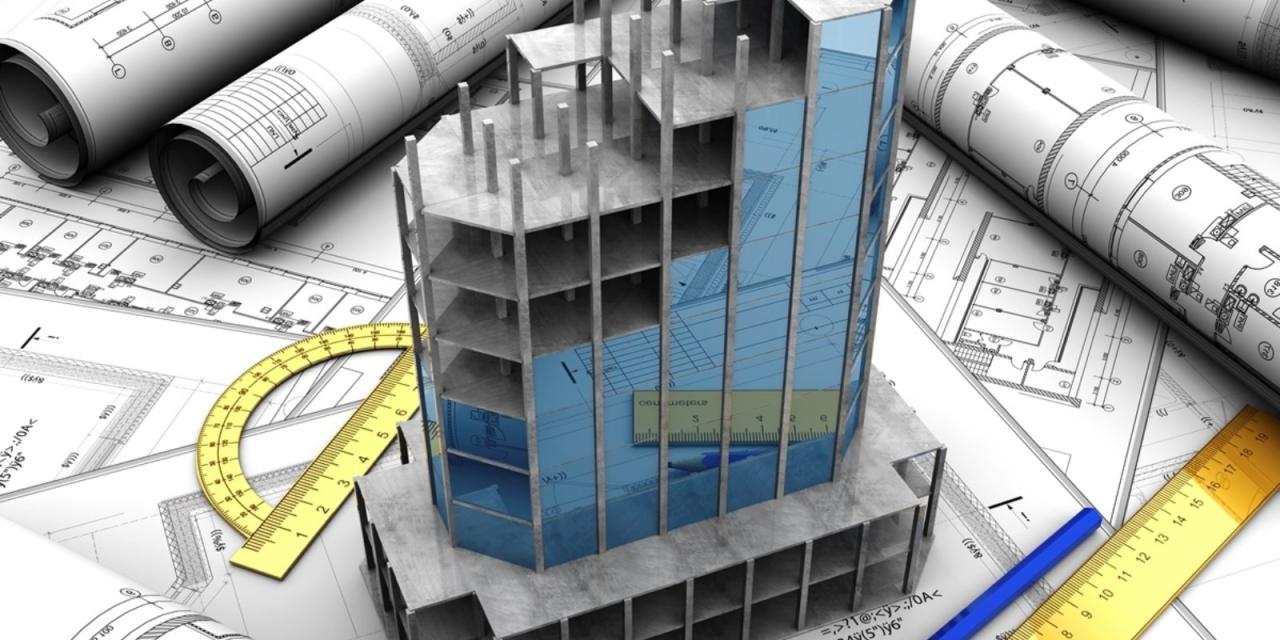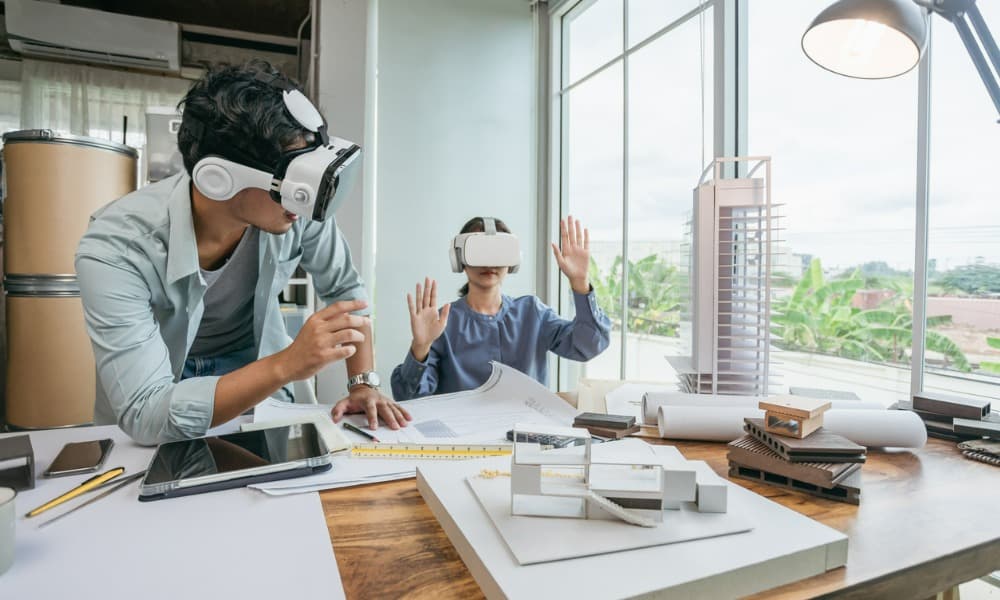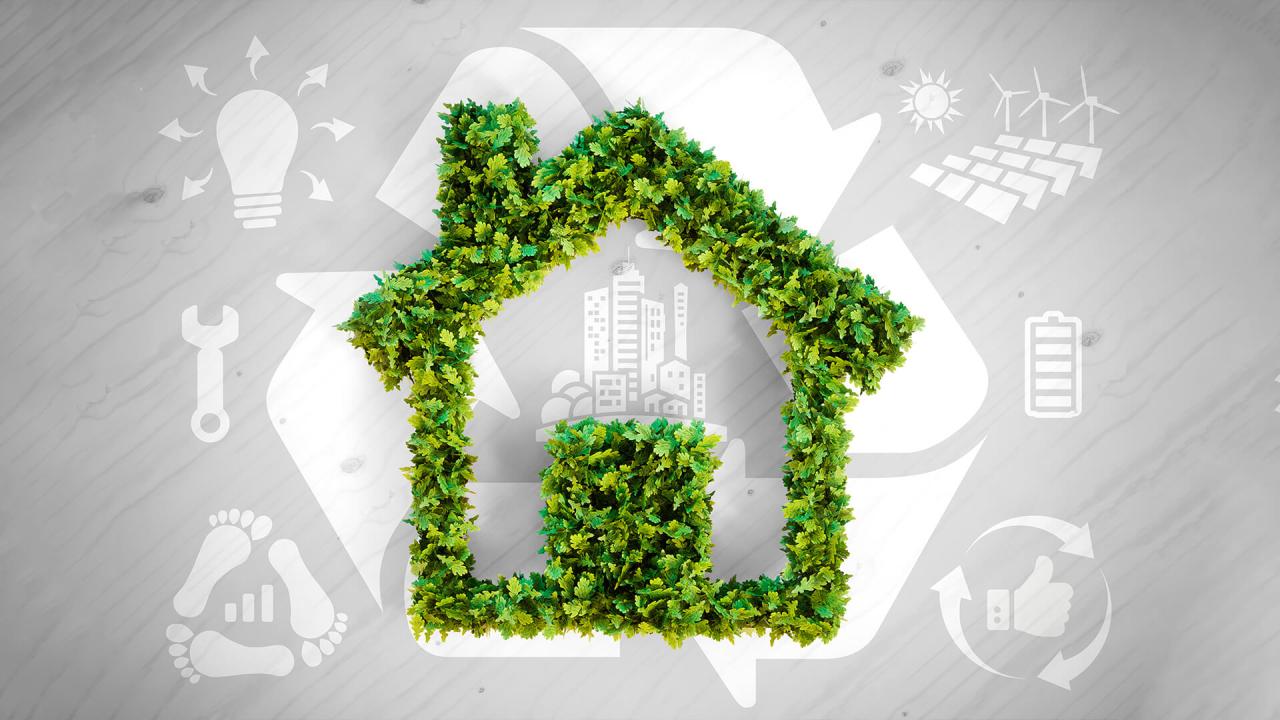The construction industry, often perceived as traditional and slow to change, is currently experiencing a profound and exciting revolution driven by cutting-edge new construction innovations. From advanced materials and robotic automation to artificial intelligence and sustainable design, these breakthroughs are fundamentally reshaping how buildings are conceived, developed, and brought to life. For developers, investors, architects, and future homeowners, understanding these transformative technologies is paramount for navigating a rapidly evolving landscape and capitalizing on opportunities for greater efficiency, sustainability, and quality. This comprehensive article delves into the core principles behind these new construction innovations, exploring the key drivers propelling their adoption, dissecting the diverse types of advancements impacting the sector, and outlining their profound implications for the future of the built environment globally, including in dynamic markets like Indonesia.
The Impetus for Construction Innovation

The surge in new construction innovations is not a mere technological fad; it’s a critical response to pressing global challenges and evolving industry demands.
A. Global Challenges and Industry Pressures
- Labor Shortages: A significant challenge globally, including in Indonesia, is the persistent shortage of skilled labor in the construction sector. Innovation, particularly automation and prefabrication, offers a solution by reducing reliance on manual labor and improving efficiency.
- Productivity Lag: Compared to other industries, construction has historically lagged in productivity growth. New construction innovations aim to boost efficiency, reduce project timelines, and deliver projects more cost-effectively.
- Sustainability Imperatives: The construction industry is a major contributor to greenhouse gas emissions and resource consumption. There’s immense pressure to adopt sustainable practices, reduce waste, and build more energy-efficient and environmentally friendly structures. This aligns with Indonesia’s growing focus on green development.
- Rising Costs: Escalating costs of materials, land, and labor constantly challenge project profitability. Innovations offer pathways to cost reduction through optimized processes, waste minimization, and efficient material use.
- Safety Concerns: Construction remains one of the most hazardous industries. New technologies, such as robotics and drones, can reduce human exposure to dangerous tasks, significantly improving worksite safety.
B. Technological Advancements as Enablers
- Digitalization and Data Analytics: The proliferation of data, coupled with powerful analytics tools, allows for better project planning, real-time monitoring, predictive maintenance, and optimized decision-making throughout the construction lifecycle.
- Artificial Intelligence (AI) and Machine Learning (ML): AI is being used for risk assessment, design optimization, predictive scheduling, and even automating certain construction tasks, leading to smarter, more efficient processes.
- Robotics and Automation: Advancements in robotics enable automated tasks such as bricklaying, welding, demolition, and precise material handling, increasing speed, accuracy, and safety.
- Advanced Materials Science: Ongoing research in materials is yielding stronger, lighter, more sustainable, and self-healing building materials, expanding design possibilities and improving structural performance.
- Virtual Reality (VR) and Augmented Reality (AR): VR and AR are transforming design visualization, collaboration, and on-site guidance, allowing stakeholders to experience and interact with projects before and during construction.
C. Evolving Client Demands and Market Expectations
- Demand for Speed and Efficiency: Clients increasingly expect faster project delivery without compromising quality or budget. New construction innovations are key to meeting these accelerated timelines.
- Desire for Customization and Flexibility: While standardization brings efficiency, clients still demand customizable and flexible spaces. Modular construction, for instance, is evolving to offer greater design versatility.
- Focus on Performance and Sustainability: Clients are more environmentally conscious and demand buildings that are energy-efficient, healthy, and resilient, aligning with green building standards and ESG (Environmental, Social, and Governance) investment criteria.
- Transparency and Accountability: Digital platforms and data tracking provide greater transparency throughout the construction process, fostering better communication and accountability among all stakeholders.
Key Innovations Reshaping New Construction
The current wave of new construction innovations spans a wide spectrum, from the planning stages to on-site execution and post-occupancy management.
A. Digital Design and Planning Technologies
- Building Information Modeling (BIM): BIM is more than just 3D modeling; it’s a process that creates an intelligent, data-rich digital representation of a building. It integrates architectural, structural, and MEP (mechanical, electrical, plumbing) information, enabling better collaboration, clash detection (identifying conflicts between different building systems), cost estimation, and lifecycle management. BIM is becoming a global standard for complex projects.
- Generative Design: Leveraging AI and algorithms, generative design explores thousands of design options based on specified parameters (e.g., energy efficiency, material cost, structural integrity). This allows architects and engineers to discover optimal designs that might be impossible to achieve manually, pushing the boundaries of architectural form and function.
- Digital Twins: A “digital twin” is a virtual replica of a physical building or asset, constantly updated with real-time data from sensors. This allows owners and managers to monitor building performance, predict maintenance needs, simulate scenarios, and optimize operations throughout the building’s lifespan, leading to immense efficiency gains.
- Cloud-Based Collaboration Platforms: These platforms enable real-time collaboration among all project stakeholders (architects, engineers, contractors, clients) regardless of their physical location. This streamlines communication, document sharing, and project management, reducing delays and errors.
B. Advanced Construction Methods and Automation
- Modular Construction and Prefabrication: Instead of building entirely on-site, components or entire modules (e.g., bathroom pods, apartment units) are manufactured in controlled factory environments. This reduces waste, improves quality control, shortens construction timelines, and can significantly lower costs. This method is particularly promising for addressing housing shortages.
- 3D Printing for Construction: Large-scale 3D printers can print structural components or even entire buildings layer by layer using materials like concrete or specialized polymers. This offers rapid construction times, reduced labor costs, and the ability to create complex, organic forms not easily achievable with traditional methods. While still nascent for mainstream use, its potential for affordable housing and rapid deployment (e.g., disaster relief) is immense.
- Robotics and Automation on Site: Robots are being deployed for repetitive, dangerous, or highly precise tasks such as:
- Bricklaying Robots: Automatically lay bricks faster and more accurately than humans.
- Welding Robots: Perform consistent and high-quality welds in controlled environments.
- Demolition Robots: Handle hazardous demolition tasks remotely, enhancing safety.
- Exoskeletons: Wearable robotic devices that augment human strength and endurance, reducing physical strain on workers.
- Automated Site Monitoring (Drones and IoT): Drones equipped with cameras and sensors provide aerial mapping, progress monitoring, safety inspections, and site surveys more quickly and safely than traditional methods. IoT sensors on equipment and materials track usage, location, and potential issues in real-time, optimizing logistics and preventing breakdowns.
C. Sustainable and Smart Materials
- Self-Healing Concrete: Concrete mixed with bacteria that can produce limestone, allowing it to “heal” cracks when exposed to water, significantly extending the lifespan of structures and reducing maintenance.
- Mass Timber (e.g., Cross-Laminated Timber – CLT): Engineered wood products like CLT are gaining popularity as sustainable alternatives to steel and concrete. They are lightweight, strong, have a lower carbon footprint, and allow for faster construction due to prefabrication.
- Phase Change Materials (PCMs): Integrated into building envelopes, PCMs can absorb and release thermal energy, helping to regulate indoor temperatures passively, reducing reliance on active heating and cooling systems and improving energy efficiency.
- Smart Glass: Glass that can change its transparency, tint, or even generate electricity (electrochromic, thermochromic, or photovoltaic glass). This improves energy efficiency by controlling solar heat gain and natural light, while also offering privacy at the touch of a button.
- Recycled and Upcycled Materials: Increased use of materials derived from waste streams (e.g., recycled plastics for insulation, recycled steel, upcycled concrete aggregates) reduces demand for virgin resources and minimizes landfill waste.
D. Advanced Project Management and Data Analytics
- AI-Powered Project Management: AI algorithms can analyze vast amounts of project data to predict potential delays, optimize schedules, assess risks, and recommend resource allocation, leading to more efficient project delivery.
- Predictive Maintenance: Using data from smart sensors, AI can predict when building systems or components are likely to fail, allowing for proactive maintenance before expensive breakdowns occur, minimizing downtime and costs.
- Blockchain for Supply Chain Transparency: Blockchain technology can create immutable records of material sourcing, delivery, and payments, enhancing transparency, traceability, and accountability across the complex construction supply chain, helping to verify ethical sourcing and reduce fraud.
- Real-time Analytics Dashboards: Project managers can access real-time dashboards providing critical insights into budget vs. actuals, schedule adherence, resource utilization, and safety metrics, enabling agile decision-making.
Impacts and Benefits of New Construction Innovations

The widespread adoption of these innovations is yielding profound impacts and offering significant benefits across the entire construction ecosystem and beyond.
A. Enhanced Efficiency and Productivity
- Reduced Project Timelines: Modular construction, 3D printing, and automated processes significantly shorten construction schedules, allowing for faster delivery of projects and quicker returns on investment.
- Lower Labor Costs: Automation and prefabrication reduce the need for extensive on-site manual labor, helping to mitigate the impact of labor shortages and potentially lowering overall project costs.
- Improved Resource Utilization: Precise planning (BIM), factory production (modular), and waste management strategies lead to reduced material waste, optimizing resource use and minimizing environmental impact.
- Increased Predictability: Data analytics and AI-driven forecasting improve the accuracy of budgets and schedules, leading to fewer surprises and better financial management for projects.
B. Superior Quality and Safety
- Higher Quality Control: Factory-controlled environments for modular construction and robotic precision ensure consistent, high-quality fabrication, leading to fewer defects and longer-lasting structures.
- Enhanced Safety on Site: Robotics, drones, and wearable technologies reduce human exposure to hazardous tasks, significantly lowering the risk of accidents and injuries on construction sites.
- Improved Building Performance: Smart materials, energy-efficient designs, and intelligent building systems result in structures that perform better over their lifespan in terms of energy consumption, comfort, and durability.
C. Sustainability and Environmental Stewardship
- Reduced Carbon Footprint: Lower embodied carbon in materials, energy-efficient designs, reduced construction waste, and optimized logistics collectively contribute to a significantly smaller environmental footprint for new buildings.
- Resource Conservation: Greater use of recycled, renewable, and locally sourced materials, coupled with waste reduction strategies, conserves natural resources and reduces landfill burden.
- Water Efficiency: Smart water management systems and water-saving fixtures integrated into new constructions promote responsible water use.
- Healthier Indoor Environments: Innovations in materials and ventilation systems contribute to better indoor air quality, enhancing occupant health and well-being.
D. Market Transformation and New Opportunities
- Democratization of Construction: Technologies like 3D printing could potentially lower construction costs enough to make custom-built homes more accessible to a wider demographic.
- New Business Models: The rise of specialized PropTech and ConTech firms, modular construction companies, and data analytics providers creates new business models and job opportunities within the industry.
- Increased Investment Appeal: Projects that leverage these innovations, especially in sustainability and efficiency, become more attractive to investors seeking ESG-compliant assets and long-term value.
- Adaptive Urban Planning: Innovations enable more flexible and efficient use of urban land, supporting higher density, mixed-use developments, and rapid infill projects.
Challenges and the Future Outlook
Despite the rapid progress, the widespread adoption of new construction innovations faces certain hurdles, yet the future trajectory is clear.
A. Current Challenges
- High Initial Investment: Many cutting-edge technologies (e.g., large-scale 3D printers, advanced robotics) require substantial upfront capital investment, which can be a barrier for smaller firms.
- Resistance to Change: The historically conservative nature of the construction industry can lead to resistance from established players, skilled laborers (fear of job displacement), and regulatory bodies.
- Integration Complexities: Integrating disparate technologies and software solutions across the entire project lifecycle can be complex, requiring skilled personnel and robust IT infrastructure.
- Regulatory Hurdles: Existing building codes and zoning regulations may not be equipped to handle novel construction methods (e.g., 3D printed homes, unconventional modular designs), leading to delays in approvals.
- Workforce Reskilling: A significant challenge is reskilling the existing construction workforce to operate and maintain new technologies, requiring investment in education and training programs.
- Supply Chain Adaptation: The supply chain for traditional construction materials and methods needs to adapt to support increased demand for prefabricated components or new sustainable materials.
B. Future Outlook and Vision
- Mainstream Adoption of Modular and 3D Printing: These methods will become increasingly common, particularly for affordable housing, rapid urban infill, and specialized commercial structures, driving down costs and improving accessibility.
- AI as a Project Co-Pilot: AI will become deeply embedded in every stage, from predictive site analysis and generative design to autonomous on-site monitoring and sophisticated project management, acting as a powerful co-pilot for human professionals.
- Hyper-Personalized Construction: Advances in robotics and 3D printing will enable highly customized homes and buildings to be constructed efficiently, tailored precisely to individual client specifications.
- Sustainable and Regenerative Buildings: The focus will shift beyond simply “green” to “regenerative” buildings that actively contribute positively to the environment (e.g., filtering air, producing more energy than consumed, integrating with local ecosystems).
- Connected Construction Sites: IoT sensors on tools, materials, and machinery will create fully connected construction sites, providing real-time data for unparalleled efficiency, safety, and supply chain optimization.
- Human-Robot Collaboration: The future construction workforce will increasingly involve human-robot collaboration, with robots handling repetitive or dangerous tasks while humans focus on complex problem-solving, quality control, and creative design.
Conclusion
New construction innovations are fundamentally transforming the built environment, driving an era of unprecedented efficiency, safety, and sustainability. From the precision of BIM and the speed of modular construction to the intelligence of AI and the versatility of 3D printing, these advancements are addressing longstanding industry challenges and opening up exciting new possibilities. While hurdles related to investment, regulation, and workforce adaptation remain, the trajectory towards a more technologically advanced, environmentally responsible, and productive construction sector is clear. For all stakeholders, embracing these innovations, investing in skill development, and fostering collaborative ecosystems will be paramount for shaping the future of our buildings and, by extension, the cities and communities of tomorrow. The construction site of the future is here, and it’s built on innovation.













